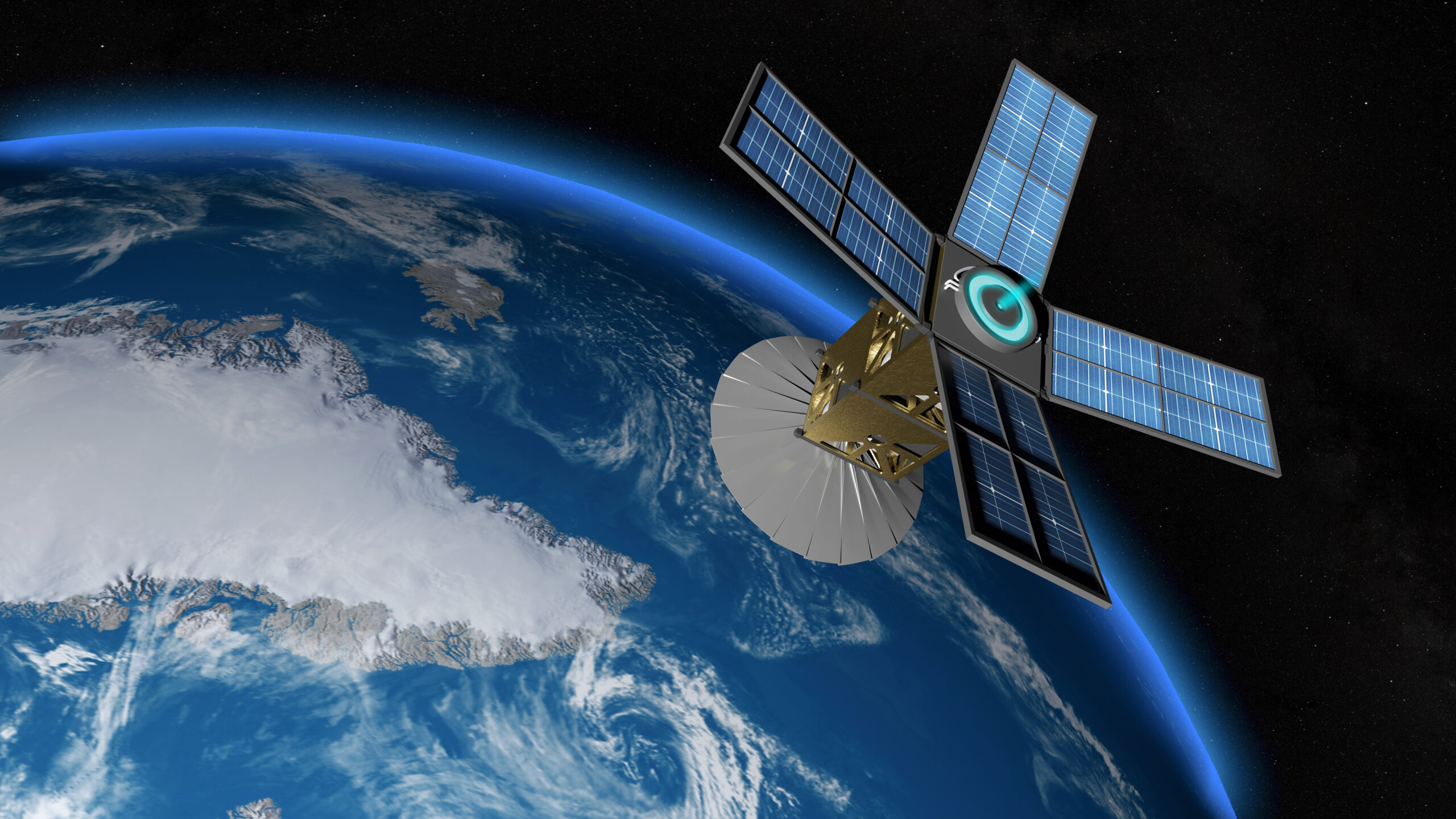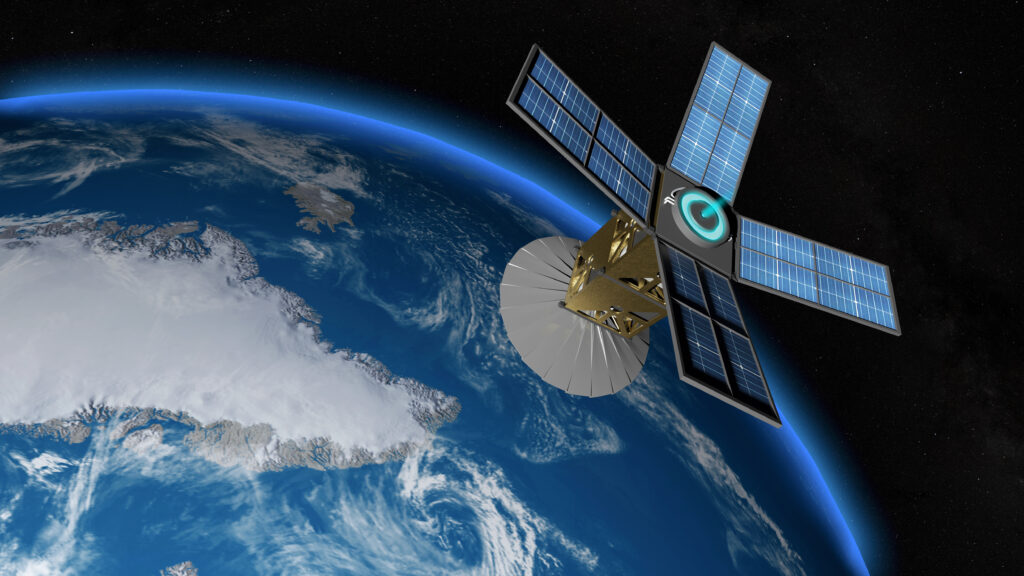The Role of Permanent Magnets in Space-Based Electric Propulsion Systems

As space exploration and satellite deployment increase in popularity, the need for efficient, lightweight, and high-performance propulsion systems has never been greater. Traditional chemical propulsion, while powerful, is limited by its inefficiency. On the other hand, electric propulsion systems, particularly Hall-effect thrusters and ion propulsion, offer an alternative for both commercial and defense space missions. At the center of many of these technologies are permanent magnets, enabling precise control while minimizing system complexity and weight.
What Is Electric Propulsion?
Electric propulsion works by using electricity (often from solar panels) to accelerate ions and generate thrust. Although the thrust produced is lower than that of chemical engines, the specific impulse (Isp)—a measure of efficiency—is significantly higher, allowing spacecraft to operate longer and more economically.
Electric propulsion is ideal for:
- Satellite station-keeping
- Deep space exploration
- Orbital transfers
- Precise maneuvering in LEO, GEO, and cislunar environments
Hall-effect thrusters have become the backbone in commercial satellite propulsion. These systems ionize a propellant gas, typically xenon, and use electric and magnetic fields to accelerate the ions and produce thrust.
Here’s where permanent magnets play a crucial role.
In a Hall thruster, permanent magnets are used to shape and maintain a radial magnetic field across an annular discharge channel. This field traps electrons. These elctrons onize the neutral gas and generate a plasma. The ions are then expelled at high velocity, producing controlled, continuous thrust.
Using rare-earth permanent magnets, such as Neodymium Iron Boron (NdFeB) or Samarium Cobalt (SmCo) offers several key advantages:
- Compactness: Smaller magnet volume compared to electromagnets
- Efficiency: No power consumption for generating magnetic fields
- Reliability: No moving parts, reducing failure risk in long-duration missions
- Thermal resilience: Especially with SmCo, which can operate in high-temperature environments without significant performance loss
These features make permanent magnets a preferred option for mission-critical, power-sensitive applications such as small satellites and deep-space probes.
Emerging Ion Propulsion Systems
In more advanced ion propulsion systems—such as those being explored for interplanetary travel and defense payloads—permanent magnets are enabling novel thruster architectures. These include innovations like:
- Gridded ion thrusters with magnetically enhanced ionization
- Magnetoplasmadynamic (MPD) thrusters that use magnetic fields to confine and direct plasma
- Electrospray and field emission electric propulsion (FEEP) systems with magnetic shielding and plasma containment
In these systems, magnetics contribute to everything from plasma stability and beam shaping to thermal management and EMI shielding.
Permag’s Contribution to Magnetic Propulsion
At Permag, we partner with aerospace and defense customers to design and manufacture custom permanent magnet assemblies for space propulsion systems. As the combined expertise of Dexter Magnetic Technologies, Magnetic Component Engineering (MCE), and Electron Energy Corporation (EEC), we offer deep experience with high-energy magnetic materials, vacuum-compatible assemblies, and thermal resilience—enabling propulsion systems to perform reliably in the harshest space environments. Our experience with high-energy magnetic materials, vacuum-compatible assemblies, and thermal resilience allows us to support thrusters operating in harsh space environments.
We also offer:
- Rapid prototyping of propulsion components
- DFARS- and ITAR-compliant material sourcing
- Modeling, field mapping, and custom magnetic circuit design
Whether your mission is in LEO or headed for Mars, we’re here to support propulsion systems that push the limits of possibility.
Ready to explore what magnetic precision can do for your propulsion system? Contact Permag to learn more about our space-qualified permanent magnet solutions.




